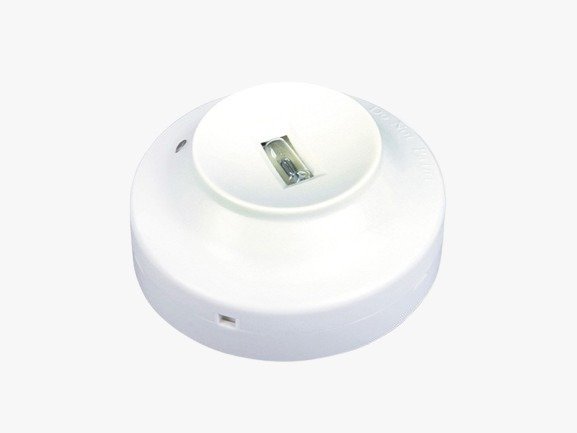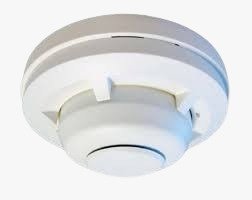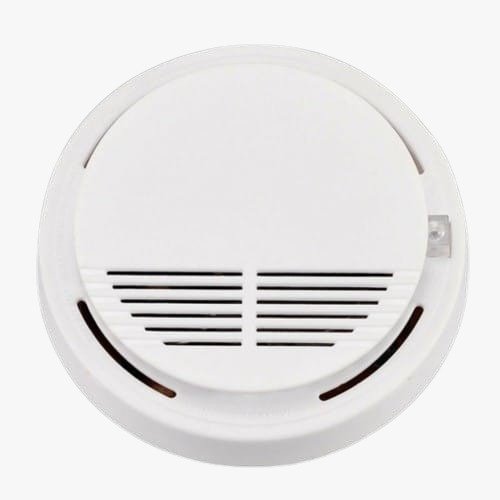Flame Detector
A Fire Safety Flame Detector is a critical safety device used to detect the presence of a flame or fire in a given area. It works by sensing the radiation emitted by flames, such as ultraviolet (UV) or infrared (IR) light, and can provide an early warning of a fire, allowing for quick response and reducing the risk of fire damage or injury.
Features:
- Flame Detection Sensitivity
- Fast Response Time
- UV and IR Detection
- Weatherproof and Durable Design
- Compact and Easy Installation
Smoke detector with RLY
A Smoke Detector with Relay (RLY) is a safety device designed to detect smoke in an environment, usually as part of a fire alarm system. It combines the functionality of a smoke detection sensor with a relay output, allowing it to trigger an external alarm or control other devices when smoke is detected.
Features:
- Smoke Detection
- Relay Output (RLY)
- Wide Operating Voltage Range
- Low Power Consumption
- Temperature Range
Standalone Detector
A Standalone Smoke Detector is a self-contained smoke detection device that operates independently without needing to be connected to a larger alarm or control system. It detects smoke in the environment and typically activates an audible alarm to alert individuals of potential fire hazards.
Featuers:
- Independent Operation
- Test and Reset Buttons
- Battery-Powered or Wired
- Compact and Easy to Install
- Wide Operating Temperature Range
Heat Detector
A Heat Detector is a fire safety device designed to detect changes in temperature within an environment. It is used to monitor heat levels and trigger an alarm when temperatures rise beyond a pre-set threshold, which typically indicates the presence of a fire.
Features:
- Fixed Temperature or Rate-of-Rise Detection
- Audible Alarm
- Easy to Install and Maintain
- Wide Operating Temperature Range
- Reliable in Specific Environments



